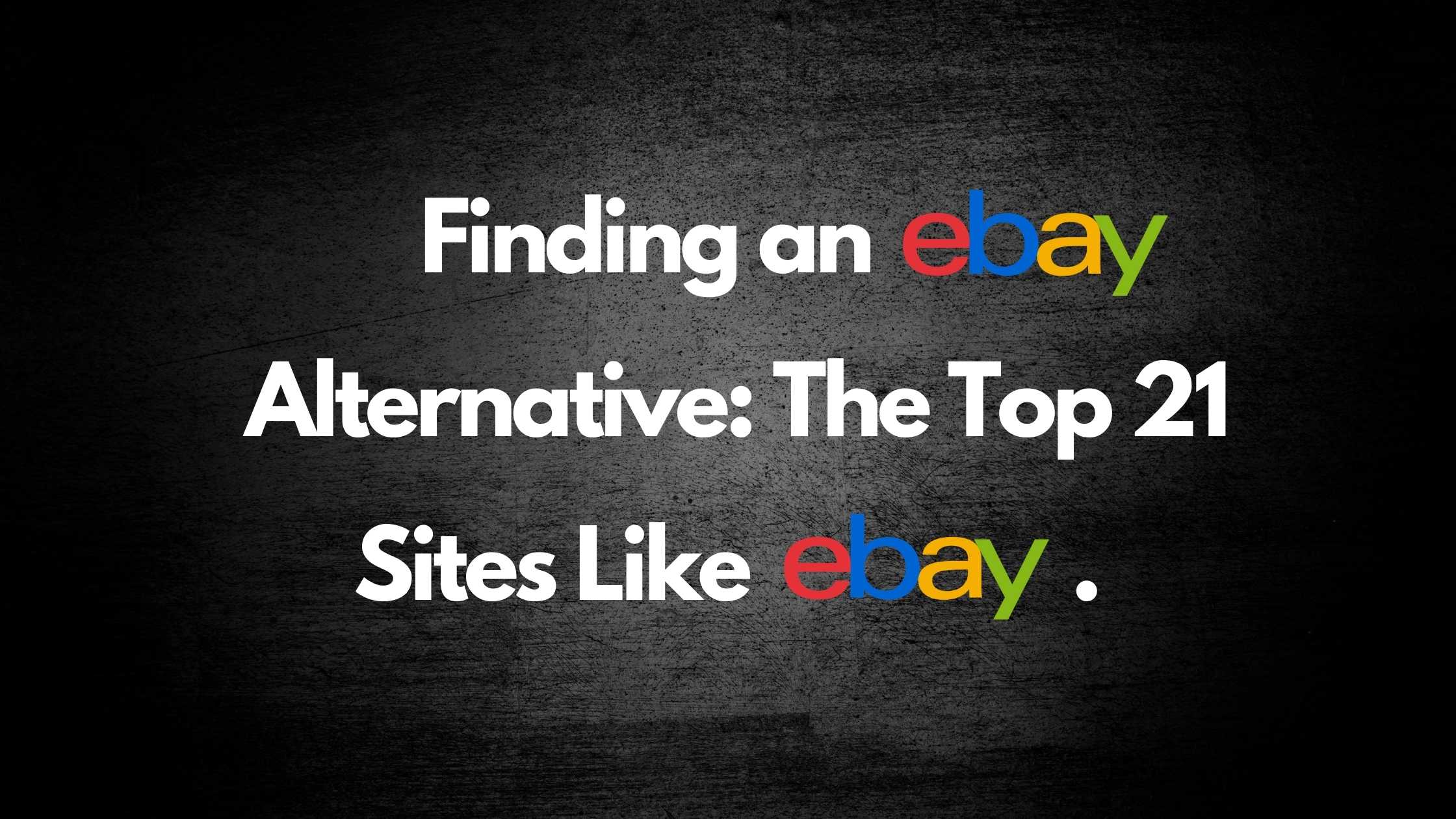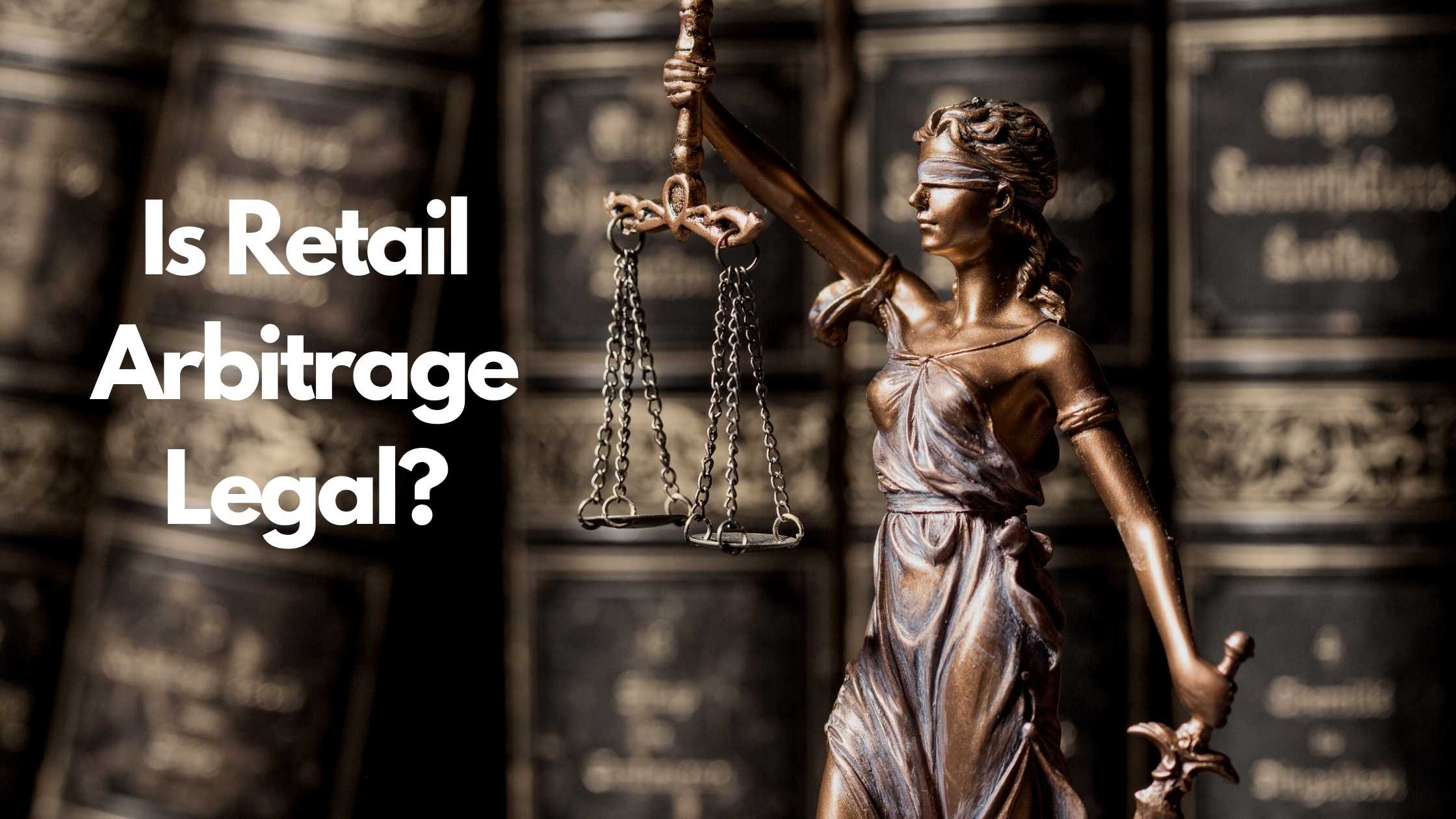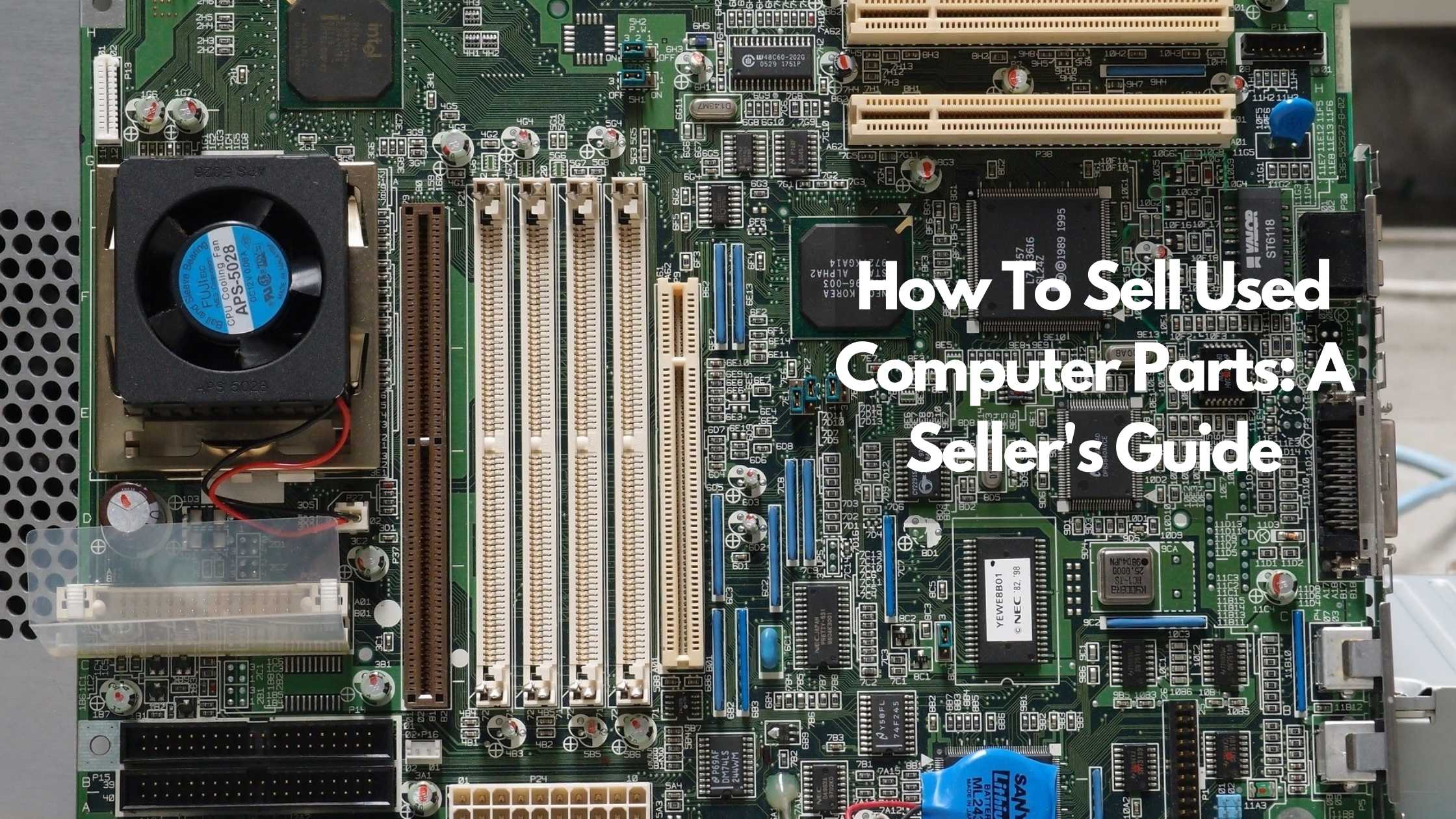
UPC, ISBN, and Other Identifiers You Need to Know When Selling Online

While it’s not impossible for someone to start selling online without using any product identification codes, most ecommerce vendors will probably require them eventually, and everyone with an online store should at least know about them.
What exactly are “product identification codes”? There are several different kinds that exist. Some, like UPCs, are familiar to anyone who spent time clipping coupons as a kid or (to modernize the explanation) uses the self-checkout lanes or their smartphone’s QR Reader. Others, however, aren’t so well-known.
Here are some of the most common identifiers that web store proprietors should know about.
UPN. Standing for Universal Product Code, this 12-digit code is a unique identifier for commercial products that’s used mostly in North America. Generally speaking, products with UPCs have them printed on the merchandise itself in the form of a barcode. UPCs, ISBNs, EANs, and JANs all fall under the umbrella of GTINs, or Global Trade Item Numbers.
ISBN. Do you sell books? Well, then you had better know all about the two different types of International Standard Book Numbers. Since 1970, all commercially published books around the world have had an ISBN number as well as a barcode on the back so that they can be easily identified. An ISBN-10 has 10 numeric digits, the last of which may be an “X” used to represent the number “10.” ISBN-13s are, not surprisingly, 13 numeric digits and usually start with either 979 or 978.
EAN. The European Article Number actually isn’t titled very well, because it’s used in most other places around the world outside of North America and Japan. Most often these are 13 numeric digits, but sometimes they are either 14 or 8 digits instead.
JAN. What does Japan use if they don’t have UPCs or EANs? Try the Japanese Article Number. Used only in the Empire of the Rising Sun, JANs have either 8 or 13 numeric digits.
MPN. The Manufacturer Part Number is the code that identifies the product to the company that manufactured it, so it can be quite important if you’re selling merchandise that you’re not creating on your own. These consist of alphanumeric digits and can be a wide variety of lengths depending on the manufacturer.
Knowing some basic information about these typical product identifiers will help you get started in selling online so that you can better communicate with customers and other businesses.
TRENDING


Online Arbitrage for Beginners (Step-by-Step Guide)

17 Types of Arbitrage Strategies to Turn a Profit

Is Retail Arbitrage Legal?

How to Turn Textbook Arbitrage into a Business for Profit

How Can You Tell if a Book is a First Edition?

What to Do With Your Jigsaw Puzzle When Finished?

